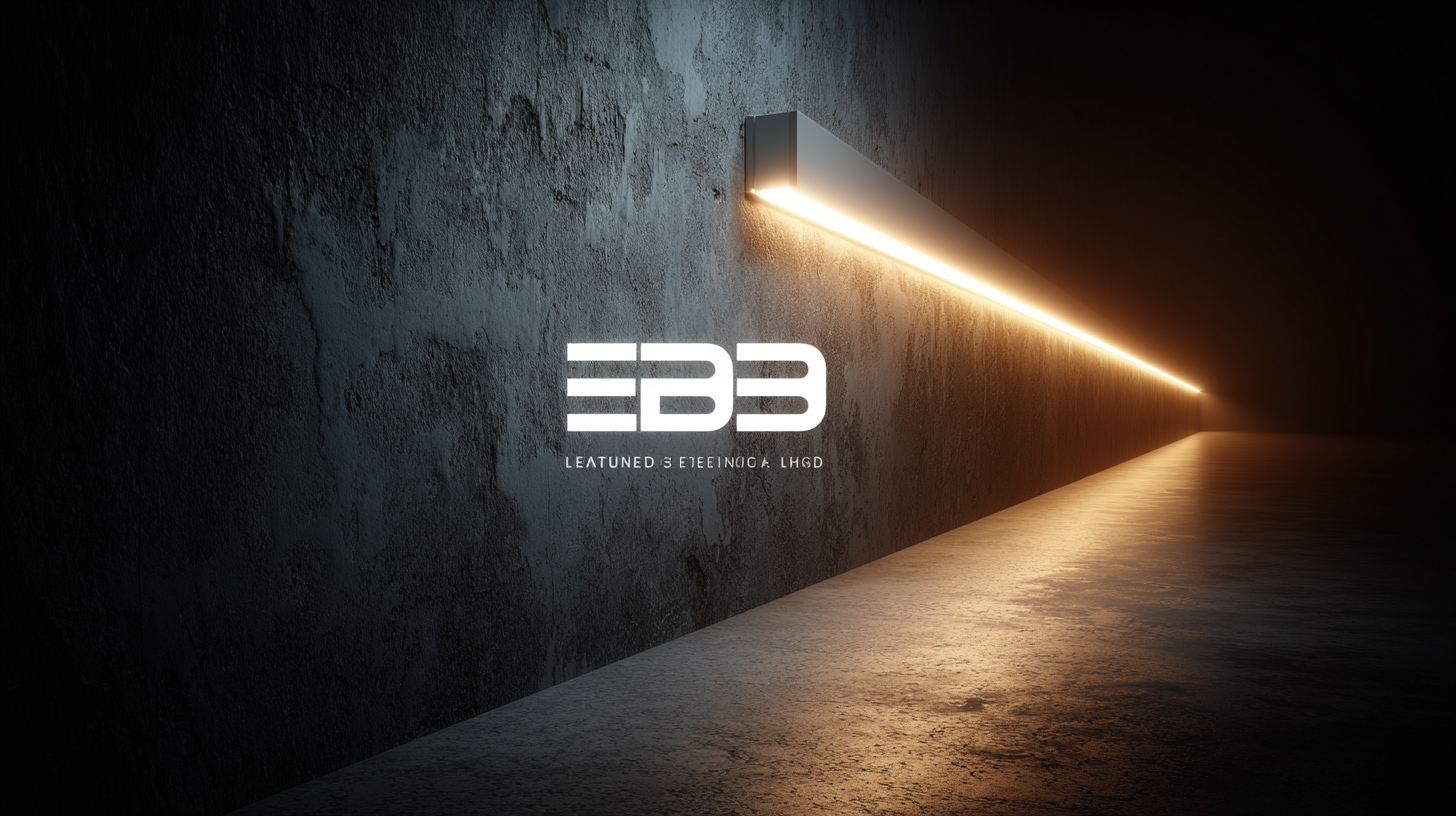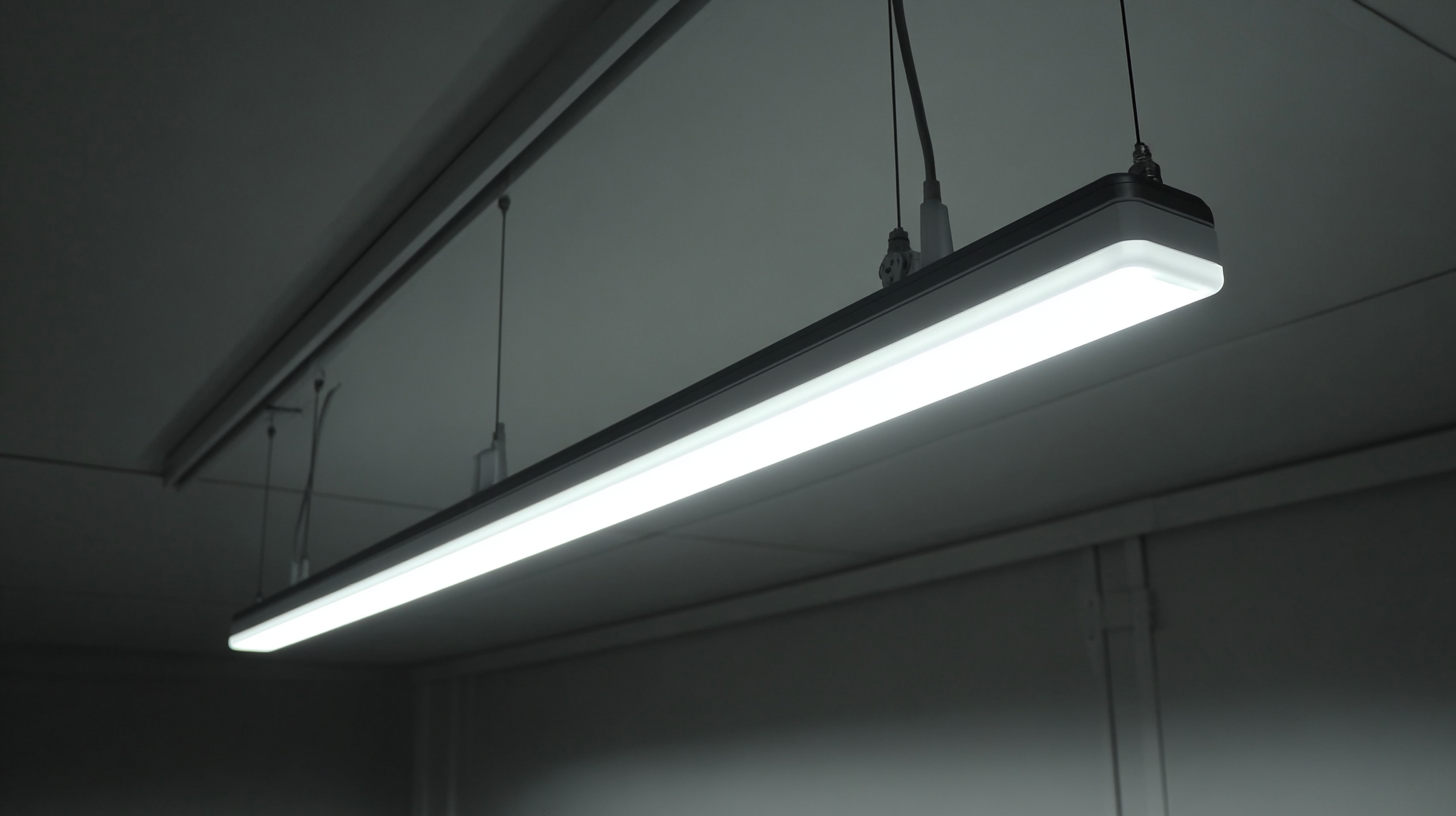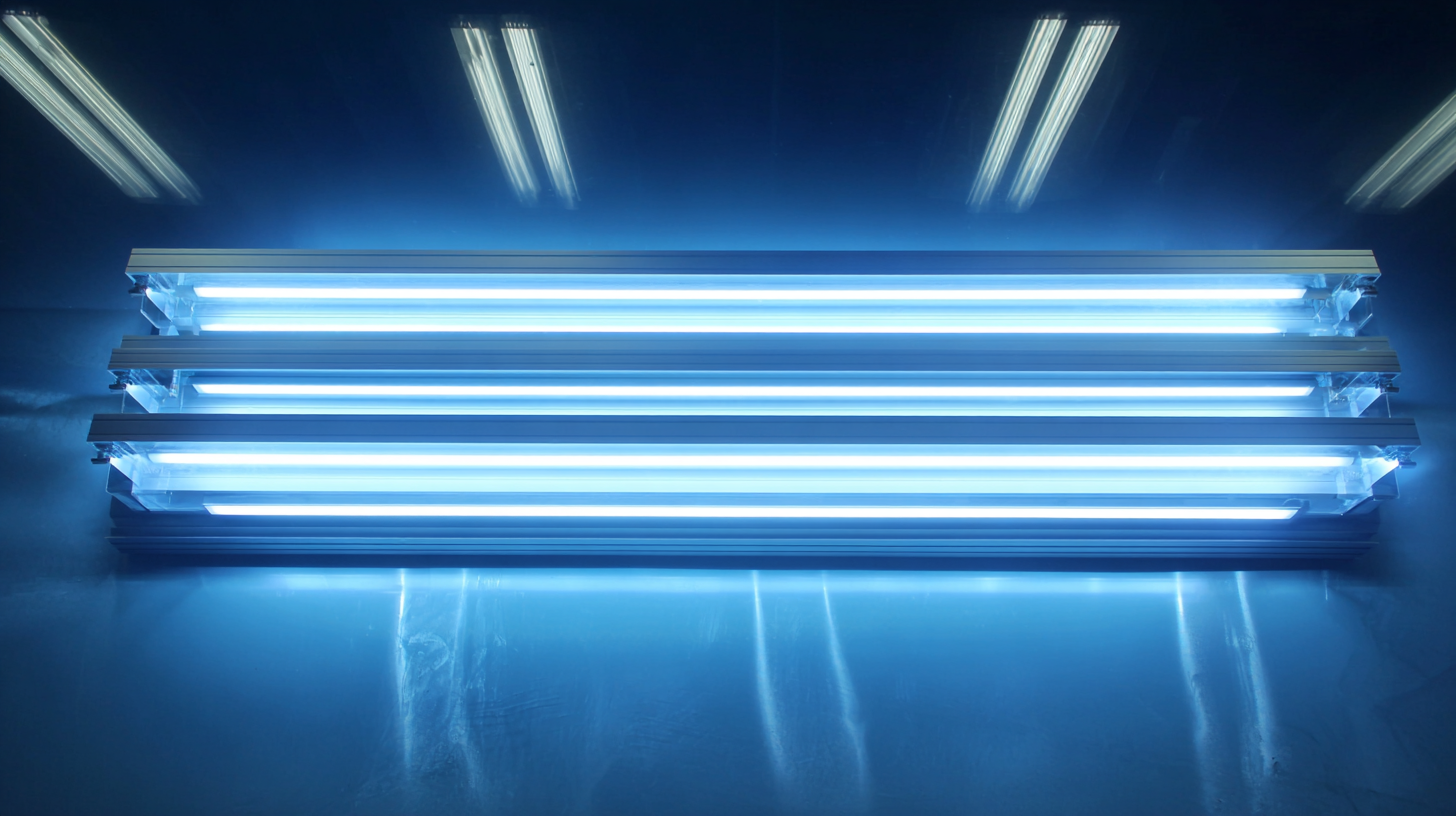
Crafting Excellence in Best Led Linear Light Manufacturing for a Global Market
In recent years, the demand for LED linear light solutions has witnessed unprecedented growth, with the global LED lighting market projected to reach $105.8 billion by 2025, according to a report by Grand View Research. This surge is driven by the increasing need for energy-efficient and environmentally friendly lighting alternatives across various sectors, including residential, commercial, and industrial applications.
 As manufacturers strive to meet this rising demand, crafting excellence in LED linear light manufacturing becomes paramount. This tutorial aims to guide manufacturers on best practices and innovative techniques in producing high-quality LED linear lights that not only comply with international standards but also cater to the unique needs of a global market.
Emphasizing precision, durability, and performance, the insights shared here will equip manufacturers to enhance their output and maintain a competitive edge in this rapidly evolving industry.
As manufacturers strive to meet this rising demand, crafting excellence in LED linear light manufacturing becomes paramount. This tutorial aims to guide manufacturers on best practices and innovative techniques in producing high-quality LED linear lights that not only comply with international standards but also cater to the unique needs of a global market.
Emphasizing precision, durability, and performance, the insights shared here will equip manufacturers to enhance their output and maintain a competitive edge in this rapidly evolving industry.
The Importance of Quality Control in LED Linear Light Manufacturing
Quality control is critical in the manufacturing of LED linear lights, particularly as the demand for high-quality lighting solutions continues to rise in the global market. Ensuring that each product meets strict standards not only enhances performance but also guarantees longevity, which is essential for customer satisfaction. By implementing rigorous testing procedures at every stage of production—from sourcing raw materials to the final assembly—manufacturers can detect and resolve potential flaws before they reach the consumer.

Moreover, a strong quality control system fosters innovation in LED technology. By consistently monitoring manufacturing processes, companies can identify areas for improvement and integrate more advanced technologies, resulting in superior products. This commitment to quality helps build a brand's reputation and trust with consumers, setting a manufacturer apart in a competitive landscape. Ultimately, prioritizing quality control is not just about compliance; it’s about crafting excellence that resonates with customers worldwide.
Key Materials Driving Innovation in LED Linear Light Production
In the rapidly evolving world of LED linear light manufacturing, key materials play a pivotal role in driving innovation and enhancing product performance. Advanced materials such as phosphor coatings, high-quality heat sinks, and durable housings are critical to optimizing light output and extending the lifespan of these fixtures. Phosphor materials, for instance, not only improve color rendering but also ensure higher luminosity, making LED linear lights more efficient and appealing to consumers and businesses alike.
Moreover, the choice of substrates and encapsulating materials can significantly influence thermal management and overall energy efficiency. Innovations in aluminum alloys and composites enable manufacturers to create lightweight yet robust designs, allowing for better heat dissipation and improved fixture longevity. As manufacturers increasingly seek sustainable solutions, eco-friendly materials are being integrated into production processes, catering to the growing demand for environmentally conscious lighting options. These advancements not only enhance the performance of LED linear lights but also position manufacturers at the forefront of a competitive global market.
Global Market Trends and Growth Projections for LED Linear Lighting
The global market for LED linear lighting is experiencing significant growth, driven by increasing demand for energy-efficient solutions across various industries. In 2024, the market is projected to reach USD 2.51 billion and is expected to grow at a compound annual growth rate (CAGR) of approximately 4.7%, culminating in a value of USD 3.78 billion by 2033. This upward trajectory reflects not only the burgeoning construction sector but also the growing emphasis on sustainable lighting alternatives that reduce energy consumption.
As trends shift towards smarter and greener technologies, LED linear lights stand out for their versatility and efficiency. Their applications extend from commercial spaces to residential and outdoor settings, making them an attractive option for consumers. The linear alkyl benzene market is also set to witness a similar growth pattern, with forecasts indicating it will reach USD 14.6 billion by 2034, propelled by a 4.6% CAGR. This interlink between different markets illustrates a broad trend of seeking sustainable options that support both environmental and economic goals in the global marketplace.

Sustainable Practices in the Manufacture of LED Linear Lights
In the competitive landscape of LED linear light manufacturing, sustainability has emerged as a fundamental principle guiding production practices. Adopting eco-friendly materials and processes not only contributes to environmental preservation but also enhances product appeal in a conscientious global market. Manufacturers are increasingly sourcing recyclable materials that minimize environmental impact while ensuring high performance and durability in their lighting solutions.
Moreover, implementing energy-efficient production techniques plays a crucial role in sustainable practices. By utilizing smart manufacturing technologies, companies can significantly reduce waste and energy consumption in the production line. Innovations such as automated monitoring systems and efficient waste management protocols allow for a streamlined manufacturing process that aligns with eco-friendly goals. As the demand for sustainable products grows, embracing these practices will not only meet consumer expectations but also set manufacturers apart as leaders in the market, paving the way for a more sustainable future in lighting.
Technological Advancements Shaping the Future of LED Lighting Solutions
The future of LED lighting solutions is being significantly shaped by technological advancements, particularly in the realm of micro LED applications, as showcased at 2025's Display Week. This event highlighted the diverse applications of micro LEDs, which are increasingly becoming a game-changer in the industry. With the commercial LED lighting market projected to reach $27.38 billion by 2030, driven by the demand for energy-efficient solutions, manufacturers are urged to innovate continuously to capture this ripe market.
Moreover, the focus on smart lighting technology is transforming both residential and commercial environments. Smart lighting controls are integral to the development of smart buildings, enhancing energy efficiency while providing customizable user experiences. As energy-efficient technologies gain traction in various sectors, including airports and outdoor spaces, the lighting products market is witnessing substantial growth, reinforcing the urgency for manufacturers to adapt and integrate these modern capabilities into their offerings. With a burgeoning market projected to grow significantly into the next decade, the potential for LED advancements is limitless.
